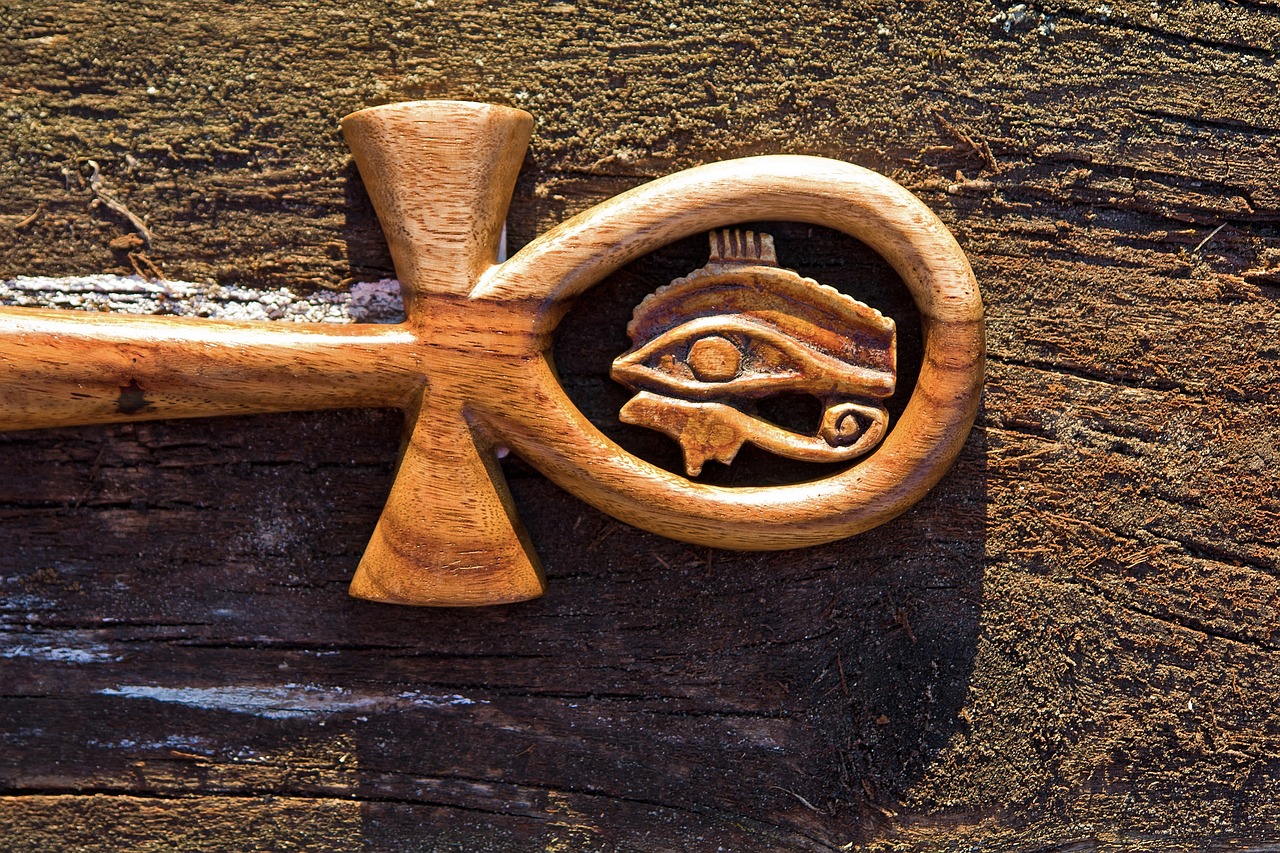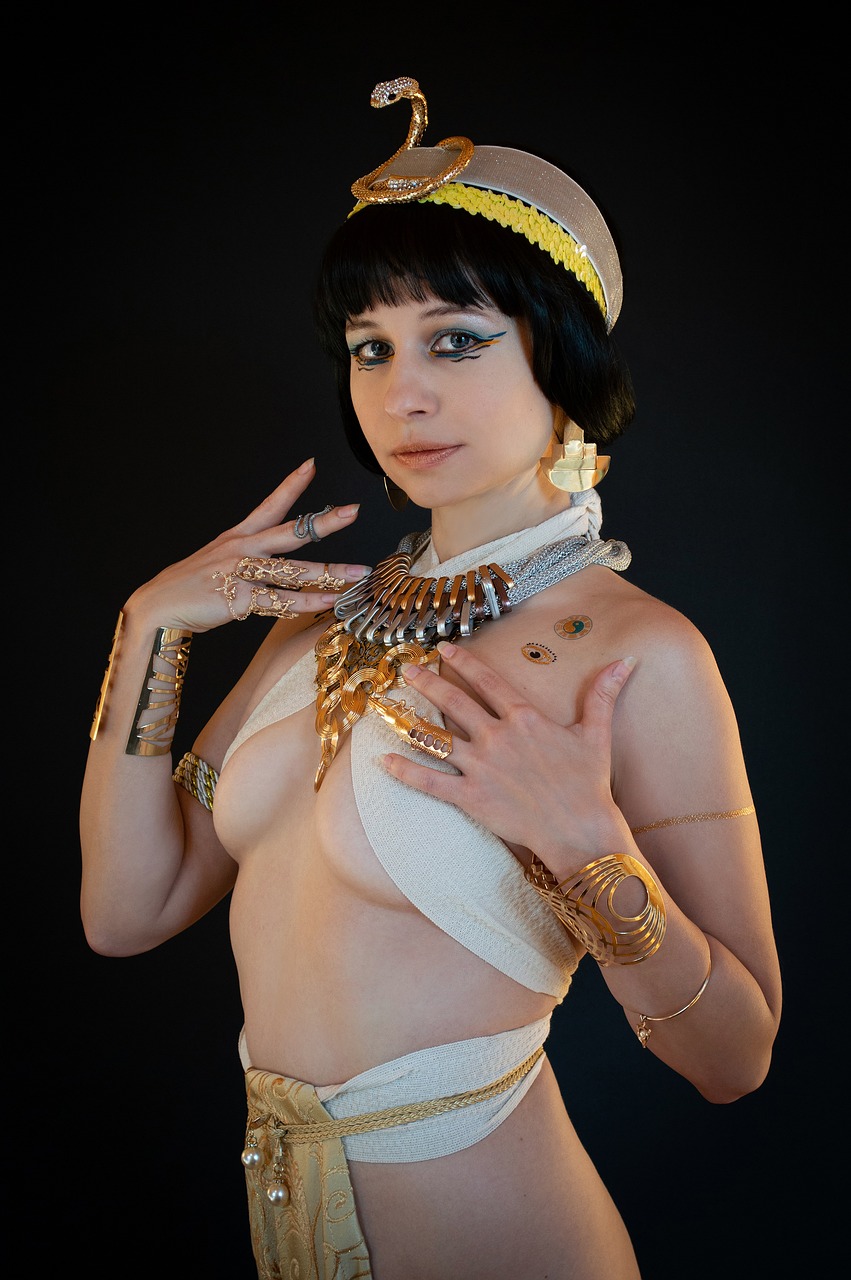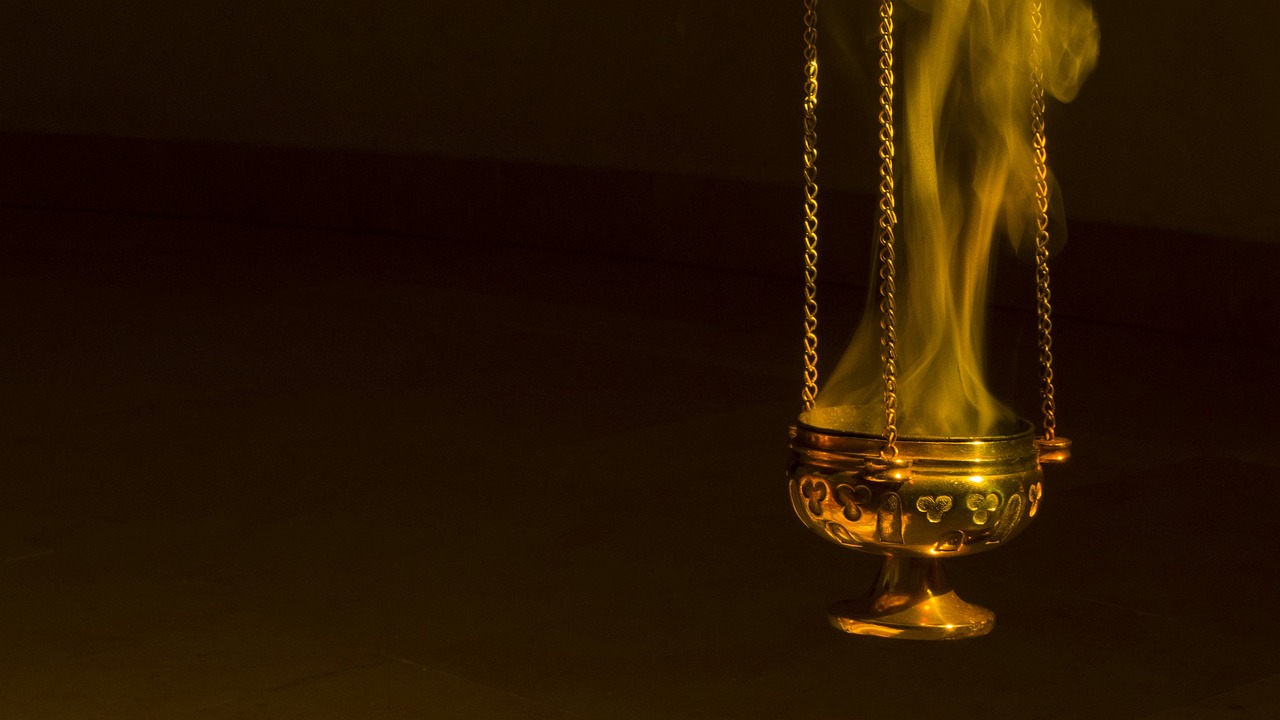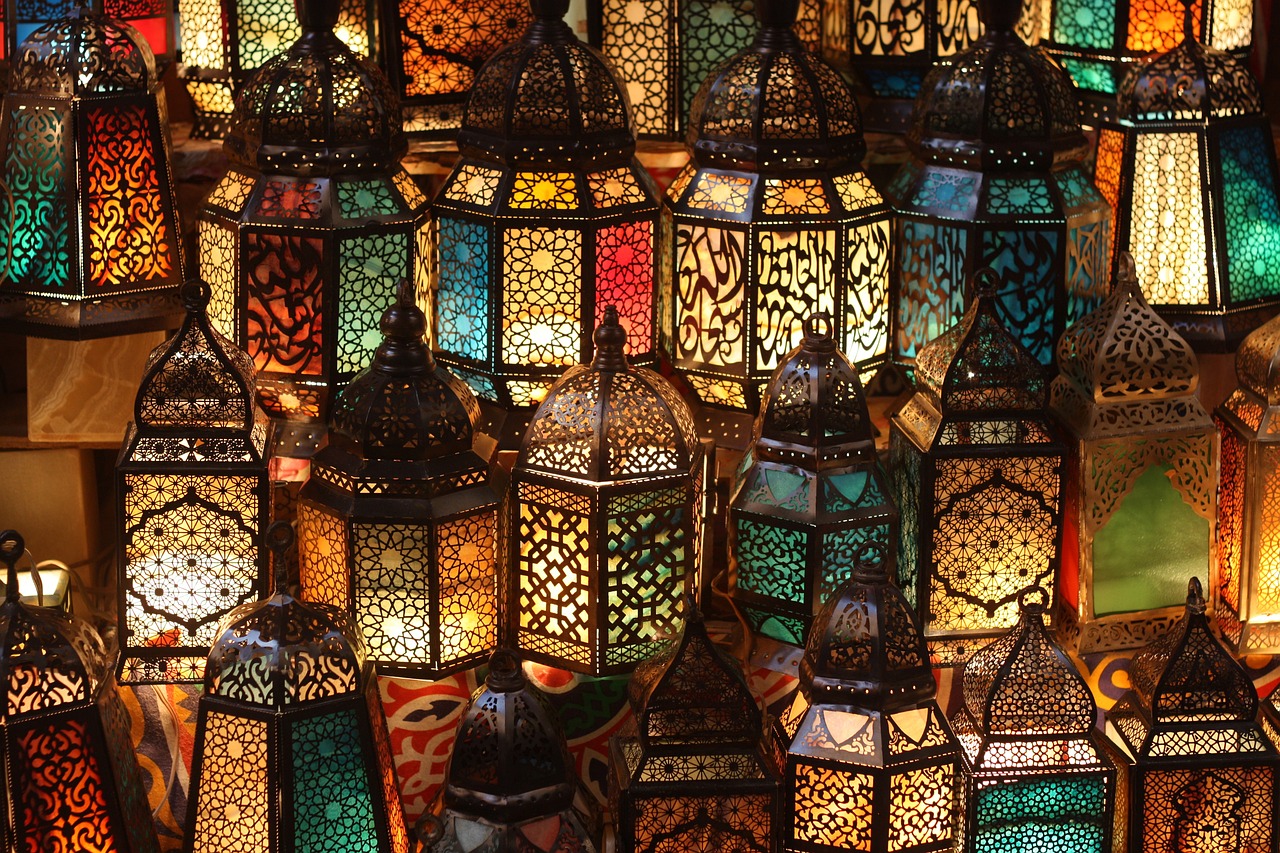Egyptian Mythology
-
Description This faience amulet features Taweret, depicted with her left foot stepping forward and her arms resting at her sides. Consistent with her traditional representation, she combines elements of a hippopotamus, a crocodile, and a human woman. The piece is rendered in a light turquoise hue, with black highlights, notably in her wig and the…
-

Horus, revered in ancient Egyptian mythology, is depicted as a falcon deity whose right eye symbolizes the sun or morning star, embodying authority and essence, while his left eye signifies the moon or evening star, representing healing properties. Falcon worship has roots stretching back to late predynastic times and became prevalent throughout Egypt. Horus was…
-
The Divine Feminine and the Cobra Goddess Meretseger The exploration of the Divine Feminine through Goddesses is both enlightening and enriching. Achieving greater balance among the energies of masculinity and femininity is essential, transcending physical gender distinctions and personal identities. This harmony is integral to fostering a more peaceful and balanced world. Sin, Redemption, and…
-

The Bennu Bird: A Symbol of Rebirth and Creation in Egyptian Mythology Overview Found in Egyptian mythology, the Bennu bird is believed to have played a pivotal role in the creation of the world. Described as a self-generated being and identified as the ba of Ra, the Bennu flew over the chaotic waters of Nun…
-
Alright, I’m in a new phase of my connection with Her—it’s a bit unrefined. For those of you already devoted to this Great One, your understanding is appreciated. Here, I will present this experience in its unpolished form, which perhaps is what She prefers. We’ll see if She conveys anything different. Temple in Eternal Twilight…
-
The goddess Ammit, known in various forms as Ammut or Ahemait, embodies the concept of divine retribution in ancient Egyptian mythology. She would position herself beside Ma’at’s scales, waiting to devour the souls of individuals judged unworthy. Those who faltered in the afterlife faced a dreaded second death, losing their opportunity for eternal joy in…
-

Ancient Egyptian religion encompasses the indigenous spiritual practices and beliefs that formed the foundation of ancient Egyptian culture from its beginnings around the fourth millennium BCE until the decline of traditional customs in the early centuries CE. To understand the evolution of these beliefs, one should also refer to the historical context of Egypt. Overview…
-
From the dawn of Egypt’s First Dynasty around 3200 BCE, the revered cheetah goddess Mafdet held a significant place in worship. Known as “the runner,” she symbolized swift execution of justice. As the “Avenger of the King,” it was believed that Mafdet prowled the unseen realms, removing the hearts of wrongdoers and presenting them at…
-

In a recent exchange with an individual in England about Dionysian themes, I shared my perspective on worshipping Dionysos. This prompted an intriguing response: he expressed an aversion to worship in any form. This led me to consider how we define worship. Upon explaining that for me, worship signifies a deep expression of love, gratitude,…
-

When Egypt boasted distinct borders, significant monuments, and an effective governance framework, it was a society informed by a governing body, established regulations, cultural traditions, sophisticated irrigation methods, and thriving agriculture. This civilization was characterized by remarkable achievements that put it at the forefront of progress while much of the world was still mired in…


